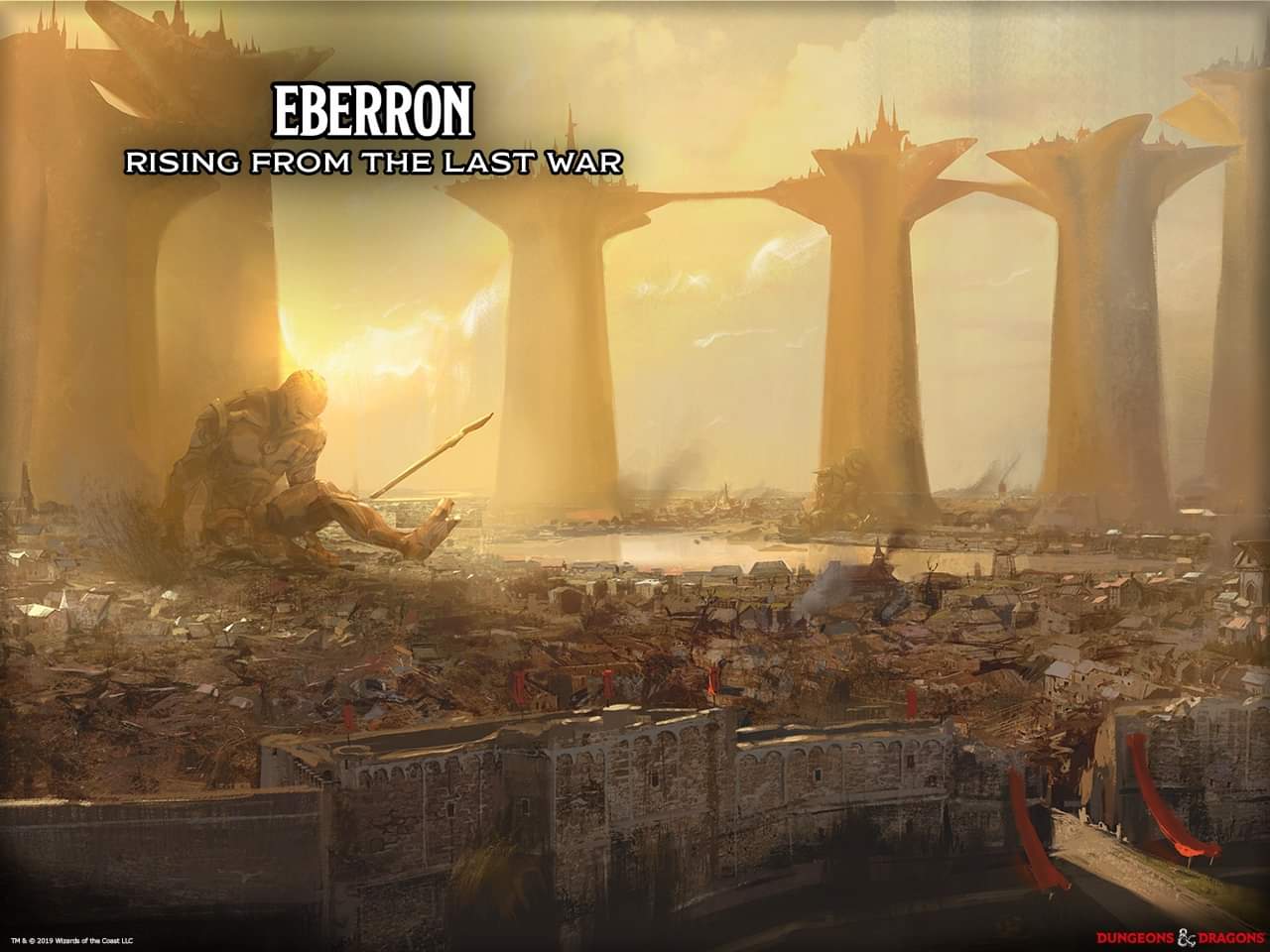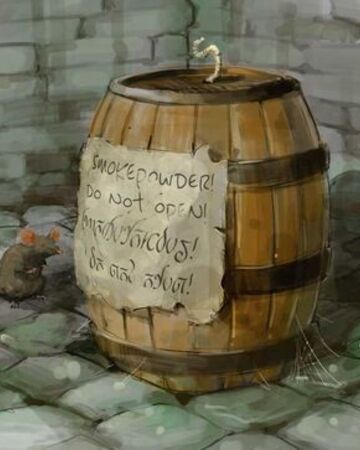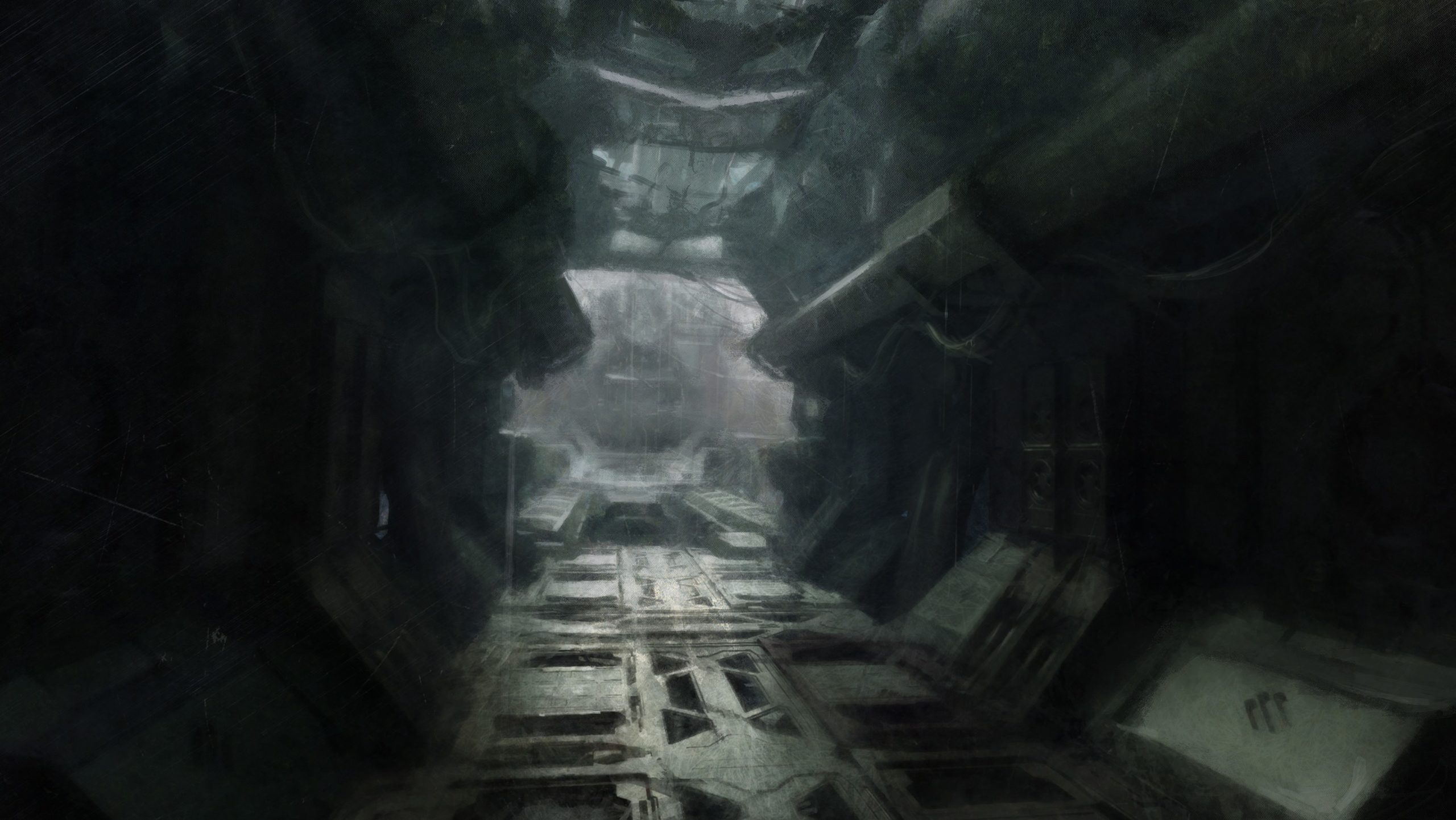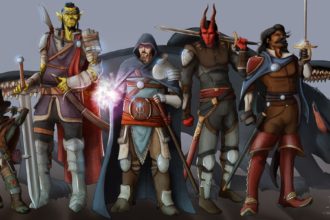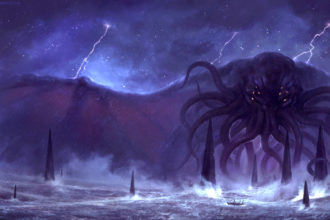Level Design Tips to improve your Games!, Part 3
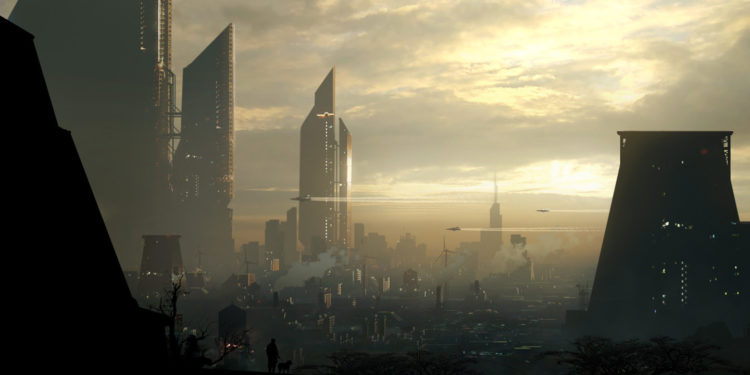
Thumbnail art by Raphael Lacoste
Here comes the last part of this series. As you may know, besides writing for Tribality I do really enjoy Game Designing and learning about it. In the past few months, I discovered a real interest in all level design and thus did start reading some of it to learn. However, after doing some research, I found out the most important tips level designers give also apply to game mastering. This is no surprise, as by Game Mastering you are being the Game Designer of your games. I took note of those things I considered the most important and reported here to share them with you all. I hope you can make use of these tips!
If you want to read the previous articles, click on the following links below:
Make the players feel powerful
If there is something that makes players remember an adventure or moment in your campaign forever it is when the level provides them with something that makes them feel powerful over their enemies. A machinegun-like magic cannon, a room full of enemies and the famous red explosive barrels we know and love, controlling a colossal warforged from Eberron, or maybe a great tree over a tree that can be cut to fall over a group of goblinoids. These all instantly implicitly tell the players that using them they will have a great result in their favor.
Some other ways to create this feeling in a much simpler way is by having players find a magic item with limited charges that could work great to solve a very particular situation we as DMs create. Even though the rules as written don’t state anything like this, I like to give my players the chance of using very powerful lightning damage-dealing items when facing creatures standing on water. Rules don’t state the enemies would receive more damage, but allowing this not only gives a great advantage to the players but also a tactical element to the battlefield: Players need to avoid water and push enemies towards it to win. This adds both the feeling of power to players and a little bit of extra difficulty, as enemies will try to shove them as well to the water.
If you want to go the extra mile to make the players feel powerful, you can make the whole level make the things epic for the players. For this, you need to take a look at their character sheets and take note of what they are the best at, as well as what the players like the most. A great example is having an enemy stand guard near a ledge at night when you have a rogue. The character can stealthily approach the ledge, claim it, and easily pull the guard down eliminating it. Have a chandelier or some cave ceiling in a bad condition and drop it over your enemies with an arrow or spell! Have rats in the dungeon tell the druid or ranger all the places that are being guarded by kobolds.
The bigger the risk, the greater the reward
You can have optional difficulty selection for players. How do you do this? Let them choose which challenges they want to face. They need to know that if they choose the harder one, they will get a better reward for it. While this can be difficult to make in a TTRPG, there are specific ways in which D&D adventures manage to pull this off. Let’s suppose the player characters need to reach the city of Waterdeep to stop an assassination from happening during an event. They are some days away, and traveling through the forest gives a much faster route, allowing an early arrival and time for preparation. However, it is rumored that the forest is home to many dangerous beasts and a weird hag who makes all who travel through the forest vanish, or so say the stories. The other way to reach Waterdeep is by going through the usual pathway, which borders the whole forest before arriving to the city. A bigger risk grants a greater reward. Will the player characters play it safe?
A very easy way to create a level that uses this system is by creating secondary objectives. Have the quest giver not only ask for the PCs to bring back the holy grail but also inspect what lies inside the great tunnel inside the dungeon for a bigger reward. Maybe going into the dungeon, killing some bandits and getting back the holy grail gives you 50gp but fighting out the hydra that lies in the tunnel inside a hole in the wall and bringing back one of its heads as proof will give you an extra 50gp. You don’t need to go kill the hydra, but if you do, the reward gets bigger.
Modular levels
Sometimes one doesn’t have the time to prepare the whole session before you get to meet with your friends. That’s when modular levels come in handy. As a level designer, it is a great practice to create modular levels and keep them for you need to fill in a dungeon or some time in your session. What do I mean with “modular levels”? Have a specific room or pair of rooms, that could work by themselves and be easily placed anywhere, no context needed. TTRPGs usually does this with random encounters.
While not specifically a tip to make great levels, you can create some levels incorporating some of the other tips and have them backed up. In case you ever need to fill in some time during a session, call for a little break, look for the best modular level for the place/situation the player characters are in and keep on playing. Just in case you are looking for some encounters, I have a huge collection of them for you to see, many of which incorporate these tips.
Use the pillars of play
While videogames make use of game mechanics in their levels for a better experience, we at D&D need to make use of our very own game mechanics, these beings the famous pillars of play. Find ways to incorporate at least two of the pillars in one single level. This gives the chance for all player characters and players to stand out and find one moment in which they can be useful. Creating one that incorporates a single pillar is just way too simple. Two pillars of play make it way more exciting. Finding a way to create something that makes use of Exploration, Combat and Roleplay can be quite tricky though, but not impossible. If you pick your brain for some time you will find some way to create an extremely memorable encounter by using the three pillars.
Let’s have an example for you to understand how to do this: Players need to find the lich’s journal in its laboratory before the lich notices the players are there. A goblin is kept prisoner in there hanging with some chains from the ceiling. This goblin (let’s call him Boblin) hates his lich master but is more scared of him. Most desk drawers are trapped, and only the goblin knows where the journal is. Boblin will keep insulting the players as they search and refuse to tell them anything of value. However, if the players decide to intimidate, persuade him, or try to convince him to talk by gifting them a thing they can find in the room, he will reveal the location. No matter if players ignored Boblin and found the diary or found it with his help, enemies will reach the room. If they take too long, enemies will come while they are searching as well. If they convinced Boblin to help them, then Boblin will fight by their side and help them escape the lich’s lair. There is a chance Boblin will lead them to their doom if player characters intimidate him.
There you have an easy modular one-room level that contains all pillars of play. Players deal with roleplay by talking to Boblin and convincing him to help them. The exploration aspect is shown by having the players check for traps and look for the journal. This pillar is more prominent if they decide to ignore Boblin. Last but not least, the combat element, which will end up happening one way or another, but can greatly be affected by how well the players use their cards with the other two pillars. See how much better this is than an empty laboratory with the journal?
Emotions and empathy
Great level designers create levels that empathize emotions to the players. How can we do this as Game Masters? First of all, having a strong vocabulary helps a great deal with this. If you are trying to induce horror to your players when walking through a forgotten temple’s corridor, or the Underdark, words like “ominous”, “palpable tension”, “nerve-wracking”, “scraping footsteps”, can get you a long way. Want to give a sense of great victory after defeating a powerful enemy? Have another beast pulverize its corpse, a wall fall to show the players the empire they just saved from the hands of the powerful oppressive red dragon.
In dungeons and traveling, such as in hexcrawls, it can be extremely easy to create what level designers call spatial empathy. The claustrophobic element of dungeons can be induced in your players’ emotions by having the PCs crawl on their knees through tight spaces. Describe how they can only see a glimpse of light on the other side, and can’t look back without bashing their heads against the walls. Have little monsters attack them while they are in that state. Another way to create this is by having the dungeon start collapsing, or having water rise at an alarming pace. Or why not combine the two of them if you want to be a little evil?
But what if we want to create a positive emotion with our level design using the same dungeon or travel? If your players are traveling a long way to throw the ring in the volcano on the other side of the land, have them climb a mountain. It’s going to take a lot of time and checks to successfully do it, and there might be some great beasts to fight, but when they get near the top, you can describe the beautiful landscape before them, letting them see the place they are to reach and all the long travel they left behind. Being here grants a sense of accomplishment, shows how far you’ve come against all odds. Describe the feeling of freedom it gives the player characters as the wind heavily impact on their chests. At this moment, they are the kings of the world.
Conclusion
And thus, I believe I ran out of tips to talk about that I can say at the top of my mind. It’s been a great journey reaching this point, and getting to not only write about a thing that I love about game design but also learn more by researching it and giving it all away for you to learn. I hope you found some useful things to incorporate into your games, and who knows? Maybe I awoke a new passion for you in level design?
If you’ve got some more tips I didn’t list, be sure to share them in the comments. Do you want to chat a bit with me about game design? You can do that both in the comments below or in Twitter at @TGimenezDM. I love to write some things about game design from time to time in case you want to stick around. If you liked these kinds of articles and would like more of them, please let me know in the comments below!
If you liked this
Are you planning on running a new campaign and would like to help your players create the best character for them? Take a look at one of my latest articles on how to create the player character with which your player will have the most fun: HERE

